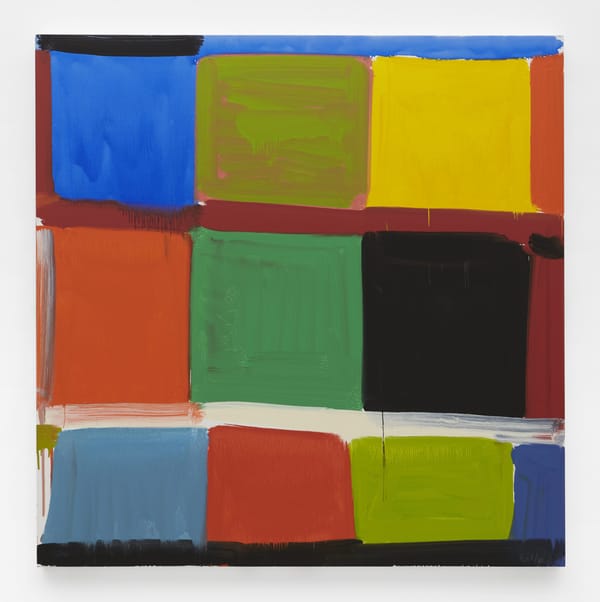
Art
Stanley Whitney’s Improvisatory Approach to Abstraction
Each canvas follows its own off-beat rhythm.

Art
Each canvas follows its own off-beat rhythm.

Art
Whitney’s paintings at this point seem to embody the transitory.
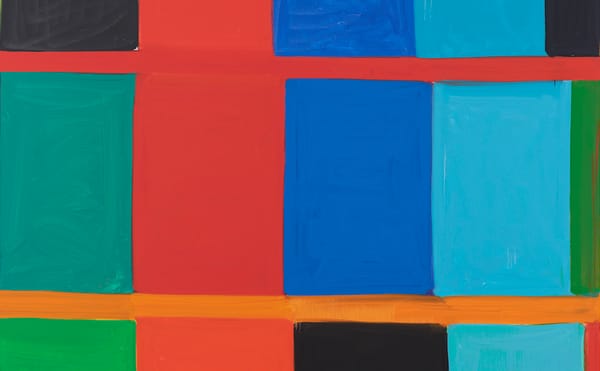
Art
My admiration for Stanely Whitney’s resoluteness has increased over the years, as well as my sense of his growing authority as a masterful colorist.

Art
By rejecting monochrome and the grid’s guarantee of homogeneity, Stanley Whitney has transformed aspects of Minimalism and Color Field painting into something all his own.
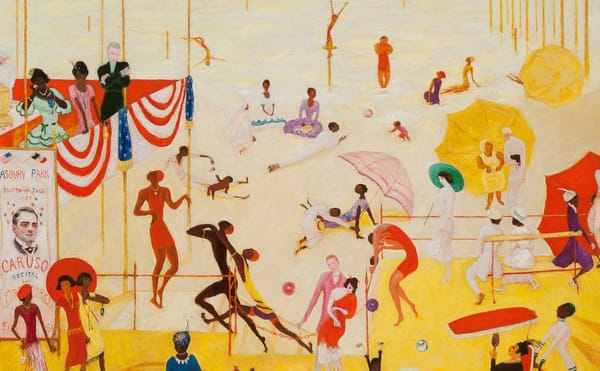
Art
Each of these exhibitions showed me something I had not seen before.

Art
Whitney’s drawings cite influences from Harlem Renaissance literature to bebop.

Art
Best known for arranging blocks of thrumming color into large rectangular canvases, Whitney’s major achievement has been to spark a slow burn of surprises, within the least esoteric medium around, large-scale oil painting.
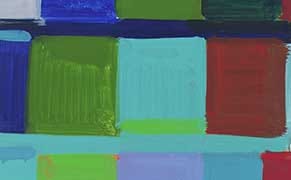
Art
Happily, for those who are curious about what came next in Whitney’s evolution, they need only to go uptown and see the artist’s first museum exhibition in New York, Stanley Whitney: Dance the Orange at the Studio Museum in Harlem, which contains a selection of twenty-nine paintings and works on pap

Art
Years ago I saw a drawing in a modest exhibition at the Centre Pompidou that Picasso made on a sheet of stiff cardboard while he was on a picnic with his friends, Michel and Louise Leiris. Not one to waste space, Picasso divided the surface into a grid, and in each small square he made a quick conto
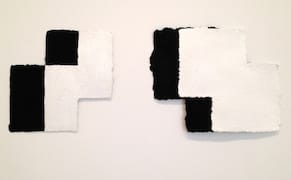
Art
For his solo show at Pace Gallery in 2010, Thomas Nozkowski made the decision to hang his work in pairs, with an oil painting on canvas board or panel alongside a related work on paper, setting up a contrast between density and light, slow and fast, rumination and riff. This comparison came to mind
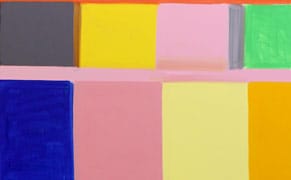
Art
Color is frightening. From the color of one’s skin to the color of a painting, it can stir up unlikely obsessions: all kinds of irrational responses tend to explode without provocation. Barnett Newman and Mark Rothko have two things in common: wide expanses of color and the proclivity for people to

Art
Stanley Whitney is in his mid-sixties. By his own account, he struggled in the studio from the early 70s to the late 80s, “just trying to make work.” The issue was to make something that was his, rather than to make something that was the right or approved of thing to do. Although it is seldom discu